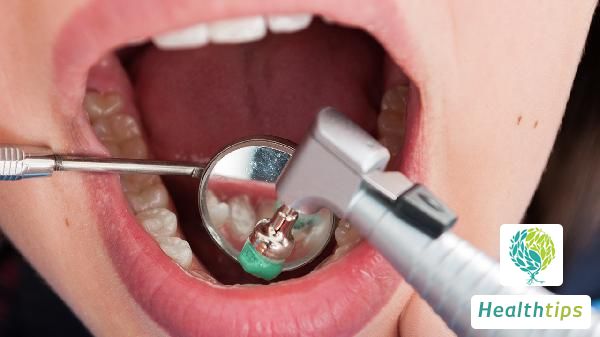"Does Frequent Gastrointestinal Endoscopy Have Any Adverse Effects on the Body?"
Undergoing multiple gastrointestinal endoscopies generally does not have an adverse impact on the body, though some patients may experience mucosal damage, bleeding, anesthesia risks, or perforation. Here are the details:

1. Generally Safe with No Major Impact:
Some patients with gastric diseases, such as gastric polyps, gastritis with atypical hyperplasia, and other precancerous lesions, require follow-up. Regular endoscopies help prevent the progression of these precancerous conditions. The procedure is generally safe and should not cause undue anxiety or tension.
2. Mucosal Damage:
Gastroscopy involves inserting a tube through the mouth into the stomach, which may cause scratching of the pharyngeal mucosa, resulting in noticeable pain. This usually resolves over time. Similarly, colonoscopy can scratch or damage the intestinal mucosa, potentially leading to severe inflammation (enteritis) if the damage is severe.
3. Bleeding:
Bleeding can occur, particularly during biopsy sampling. Similarly, colonoscopy procedures like biopsy and polyp removal can also cause bleeding. These bleeds are usually minor and can be managed with medications like Omeprazole, Pantoprazole, or Rabeprazole.
4. Anesthesia Risks:
Some patients may experience allergies or toxicity from anesthetic drugs, manifested as increased heart rate, decreased blood pressure, and difficulty breathing.
5. Perforation:
During gastrointestinal endoscopy, there is a very low risk of perforation (hole formation) in the stomach or intestine, causing severe pain. This is a serious condition requiring immediate surgical intervention.
Other potential complications of gastrointestinal endoscopy include hypoxemia (low blood oxygen levels) and aspiration pneumonia. However, in general, these procedures are considered safe.
Gastrointestinal endoscopy enables the observation of the esophagus, stomach, and intestines for any abnormalities, including esophageal lesions, gastritis, gastric ulcers, space-occupying lesions in the stomach, enteritis, and intestinal polyps. The results of these examinations guide clinical treatment decisions.



















